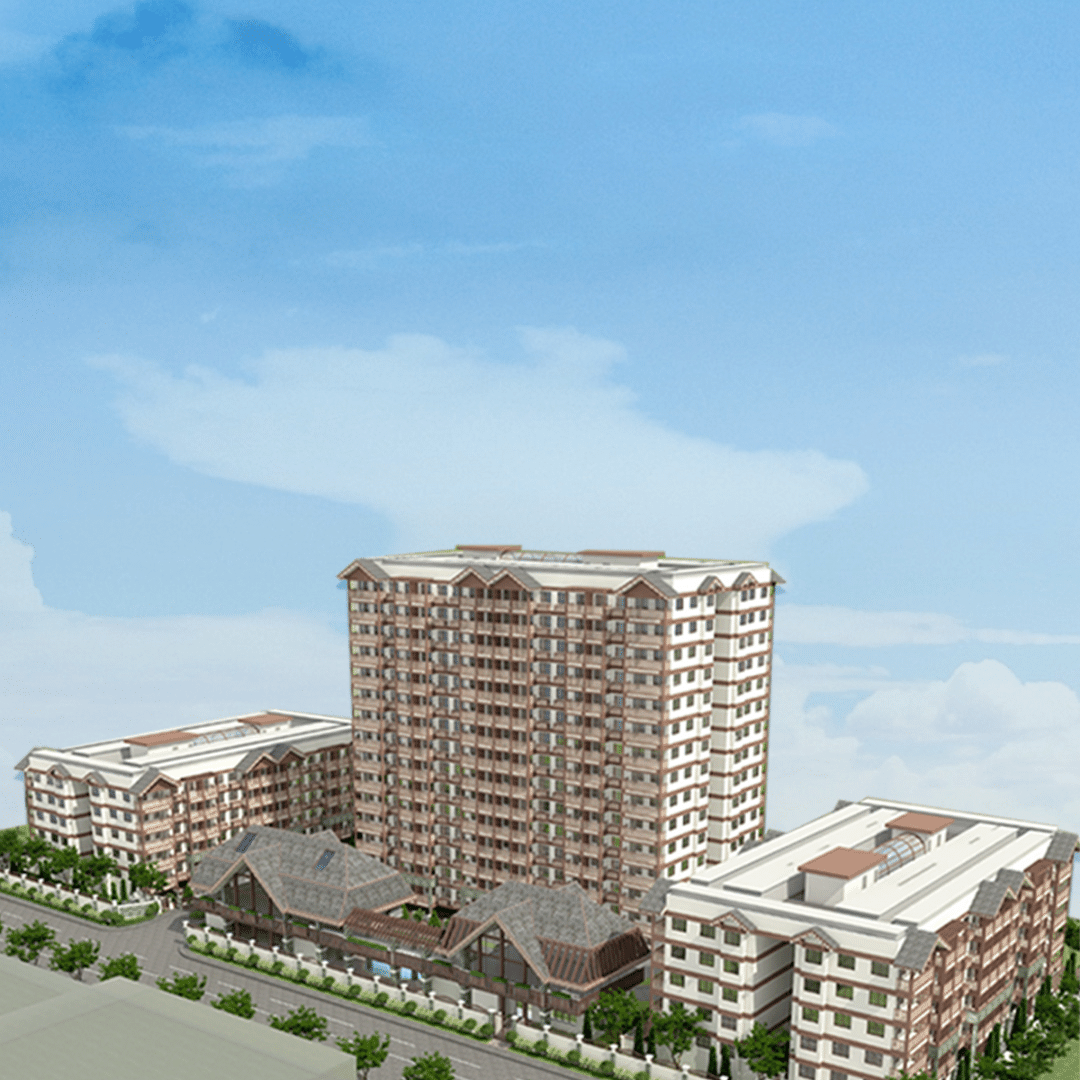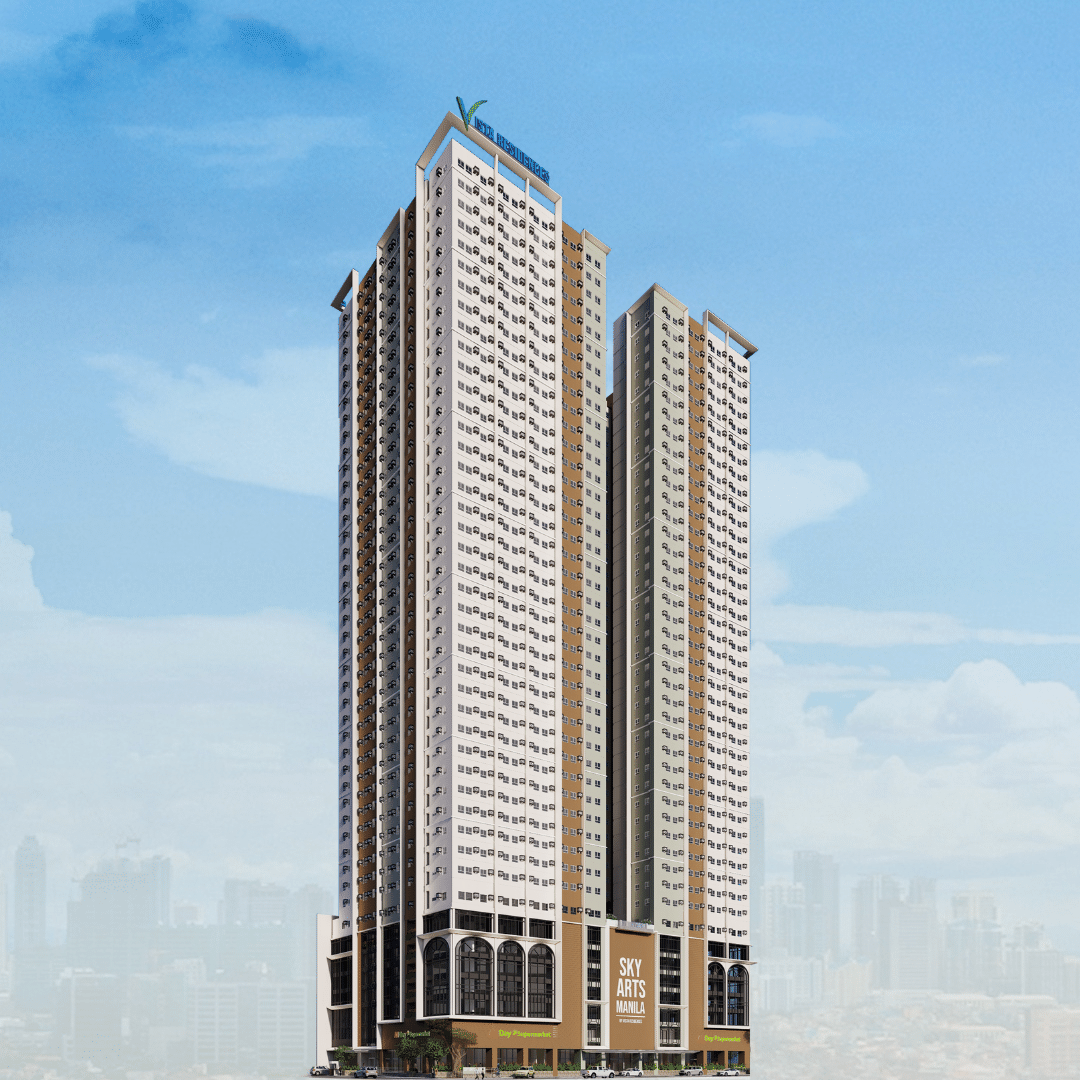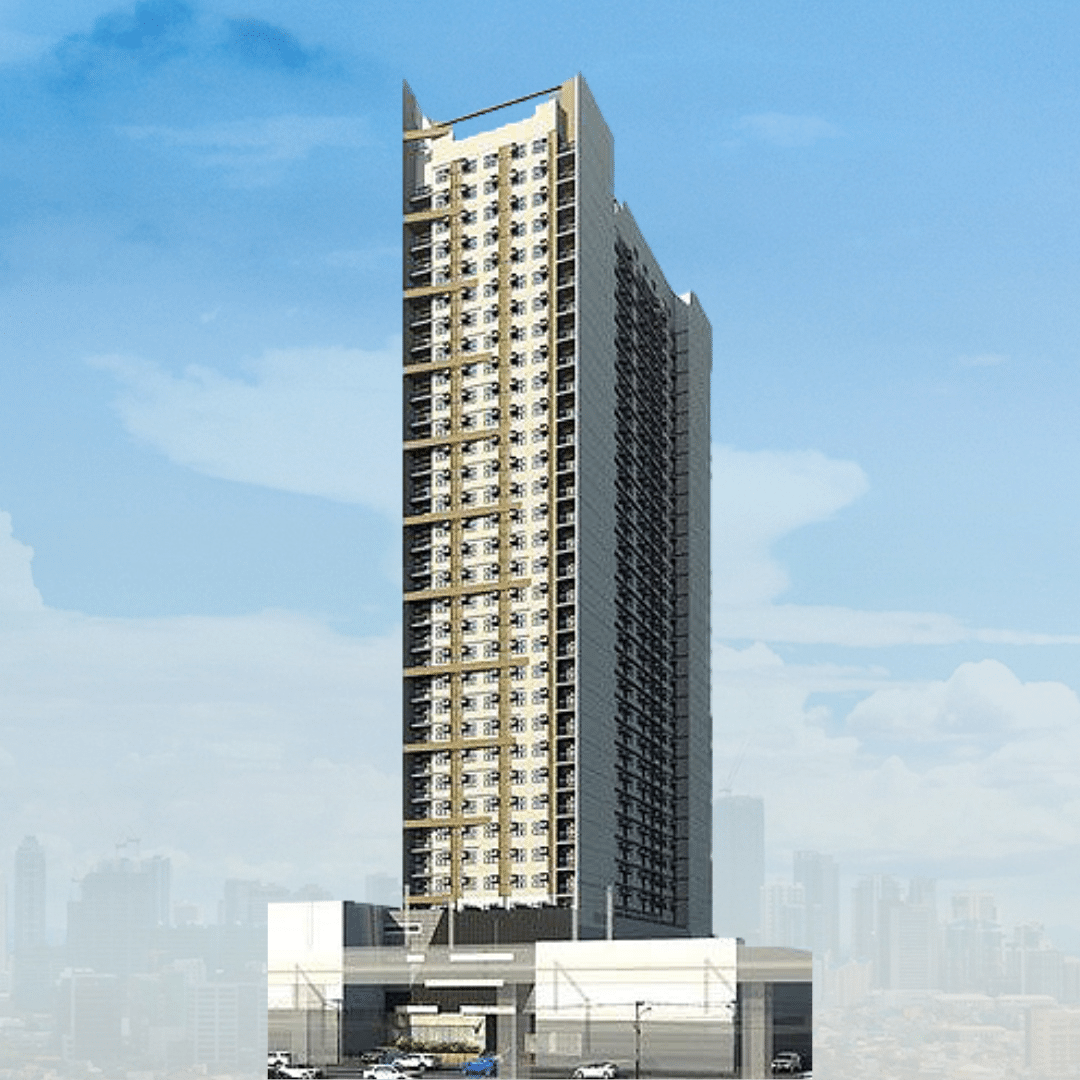Retirement properties in Metro Manila offer a diverse array of options for retirees seeking an ideal living environment tailored to their needs and preferences. As the Philippines' capital region, Metro Manila boasts a burgeoning real estate market characterized by a variety of residential developments catering specifically to retirees. With the importance of retirement planning in mind, investing in these properties presents a compelling opportunity for individuals looking to secure their financial future and enjoy a fulfilling lifestyle in their later years.
Overview of retirement properties in Metro Manila
Retirement properties in Metro Manila encompass a diverse spectrum of options tailored to meet the unique needs and preferences of retirees. From upscale condominiums nestled within the heart of bustling city centers to serene retirement villages situated in the outskirts, the region offers an extensive range of residential developments designed to provide comfort, convenience, and security for retirees. These properties often feature a variety of on-site facilities such as fitness centers, swimming pools, communal spaces, and healthcare services, catering to the holistic well-being of residents.
Importance of retirement planning and investment in retirement properties
Retirement planning and investment in retirement properties play pivotal roles in ensuring financial stability and security during one's later years. As individuals approach retirement age, strategic planning becomes imperative to maintain a comfortable standard of living and secure a reliable source of income post-retirement. Investing in retirement properties offers numerous benefits, including potential rental income, capital appreciation, and diversification of investment portfolios. Moreover, owning retirement properties provides retirees with a tangible asset that can appreciate over time, serving as a valuable resource for funding future expenses or unexpected costs.
Benefits of investing in retirement properties for later life
Investing in retirement properties offers a myriad of advantages that can significantly enhance one's later life and retirement experience. Firstly, these properties serve as a stable source of income through rental payments, providing retirees with a steady stream of cash flow to support their lifestyle and cover expenses. Moreover, retirement properties often appreciate in value over time, offering the potential for capital growth and long-term wealth accumulation. This appreciation can serve as a valuable asset to fund future needs, such as healthcare expenses or leisure activities, ensuring financial security in retirement.
Location Considerations for Retirement Properties
Choosing the right location for retirement properties is crucial for ensuring the comfort and convenience of retirees. Factors to consider include accessibility to healthcare facilities, proximity to amenities such as grocery stores and recreational activities, safety and security of the neighborhood, as well as the overall quality of life in the area.
Types of Retirement Properties Available
Retirement properties come in various forms to cater to the diverse needs and preferences of retirees. Options include independent living apartments rentals, assisted living facilities, retirement communities, and continuing care retirement communities (CCRCs). Each type offers different levels of care and services, allowing retirees to choose the option that best suits their lifestyle and requirements.
Financial Aspects
Rental Income and Expenses: Understanding the financial aspects of owning retirement properties is essential for successful investment. This includes calculating potential rental income, factoring in expenses such as maintenance costs, property taxes, and management fees, and assessing the overall cost, profitability and viability of the investment for generating retirement income.
On-Site Facilities and Services
The availability of on-site facilities and services can significantly enhance the appeal of retirement properties. for example, Common amenities include fitness centers, swimming pools, recreational areas, dining options, housekeeping services, and transportation assistance. These facilities contribute to the quality of life and convenience for retirees living in the property.
Retirement Property Investment Strategies
Developing effective investment strategies is crucial for maximizing returns and mitigating risks in retirement property investment. Strategies may include diversifying investments across different types of retirement properties, leveraging financing options, conducting thorough market research, and staying informed about emerging trends and opportunities.
Market Trends and Developments in Retirement Properties
Keeping abreast of market trends and developments is essential for making informed investment decisions in retirement properties. This includes monitoring demographic shifts, changes in consumer preferences, regulatory developments, and emerging opportunities in the real estate market specific to retirement properties.
Risks and Challenges in Retirement Property Investment
Identifying and managing risks is a critical aspect of retirement property investment. Common risks include fluctuations in property values, changes in market demand, regulatory compliance issues, tenant turnover, and unexpected maintenance expenses. Implementing risk mitigation strategies and conducting thorough due diligence can help minimize potential drawbacks.
Retirement Property Purchase Considerations
When purchasing retirement properties, retirees should consider various factors such as property location, condition, amenities, potential for price appreciation, and resale value. It's essential to conduct thorough inspections, review contractual agreements, and seek professional guidance to ensure a sound investment decision.
Financing Options
Exploring financing options is essential for retirees looking to purchase retirement properties. Options include traditional mortgage financing, home equity loans, reverse mortgages, and equity release schemes. Each option has its pros and cons, and retirees should carefully evaluate their financial situation and objectives before selecting a financing method.
Lifestyle Considerations in Retirement Properties:
Considering lifestyle preferences is crucial when choosing a retirement home or properties. Factors to consider include the availability of recreational activities, social engagement opportunities, proximity to family and friends, cultural amenities, and overall community atmosphere. Finding a property that aligns with lifestyle goals can enhance the retirement experience.
Community and Social Aspects of Retirement Properties
The community and social environment of retirement properties play a significant role in shaping the retirement experience. Properties with active social calendars, community events, and opportunities for engagement foster a sense of belonging and camaraderie among residents. Additionally, easy access to to support networks and social services can contribute to overall well-being and quality of life in retirement.
Property Management and Maintenance
Efficient property management and maintenance are crucial aspects of owning retirement properties. This topic explores the importance of proactive maintenance practices, including regular inspections, repairs, and upkeep to ensure the property remains in optimal condition. Additionally, it addresses the role of property managers or management companies in overseeing residential property and day-to-day operations, handling tenant issues, and managing finances associated with property maintenance.
Retirement Property Investment for Families and Friends
Investing in retirement properties as a joint venture with family or friends can offer various benefits and challenges. This topic examines the considerations involved in co-owning retirement properties, including legal and financial arrangements, decision-making processes, and potential conflicts. It also explores the advantages of pooling resources to invest in larger properties or diversifying investment portfolios.
Retirement Property Exit Strategies
Planning for the eventual sale or disposition of retirement properties is essential for retirees to optimize returns and manage transitions effectively. This topic discusses different exit strategies available to property owners, such as selling rental property on the open market, transferring ownership to heirs, or converting the property into rental units. It also addresses factors influencing timing, market conditions, and tax implications associated with property sales.
Financial Planning for Retirement Property Ownership
Integrating retirement properties into overall financial planning is crucial for retirees to achieve their retirement goals and objectives. This topic explores strategies for incorporating property ownership into retirement income planning, including assessing cash flow needs, managing expenses, and optimizing tax efficiency. It also discusses the role of retirement accounts, investments, and other financial assets in supporting property ownership.
Determining Retirement Property Investment Suitability
Assessing the suitability of retirement property investments involves evaluating individual needs, goals, and risk tolerance. This topic examines the factors influencing investment decisions, such as property location, market conditions, financial resources, and long-term objectives. It also discusses the importance of conducting thorough due diligence and seeking professional advice to make informed investment choices.
Benefits of Retirement Property Ownership vs. Renting
Comparing the benefits of owning versus renting retirement properties helps retirees make informed decisions about their housing choices. This topic explores the advantages of property rent over ownership, such as building equity, stability, and control over living arrangements, as well as the potential drawbacks, including maintenance responsibilities and market risks. It also discusses the flexibility and convenience offered by renting, such as avoiding property ownership costs and obligations.








